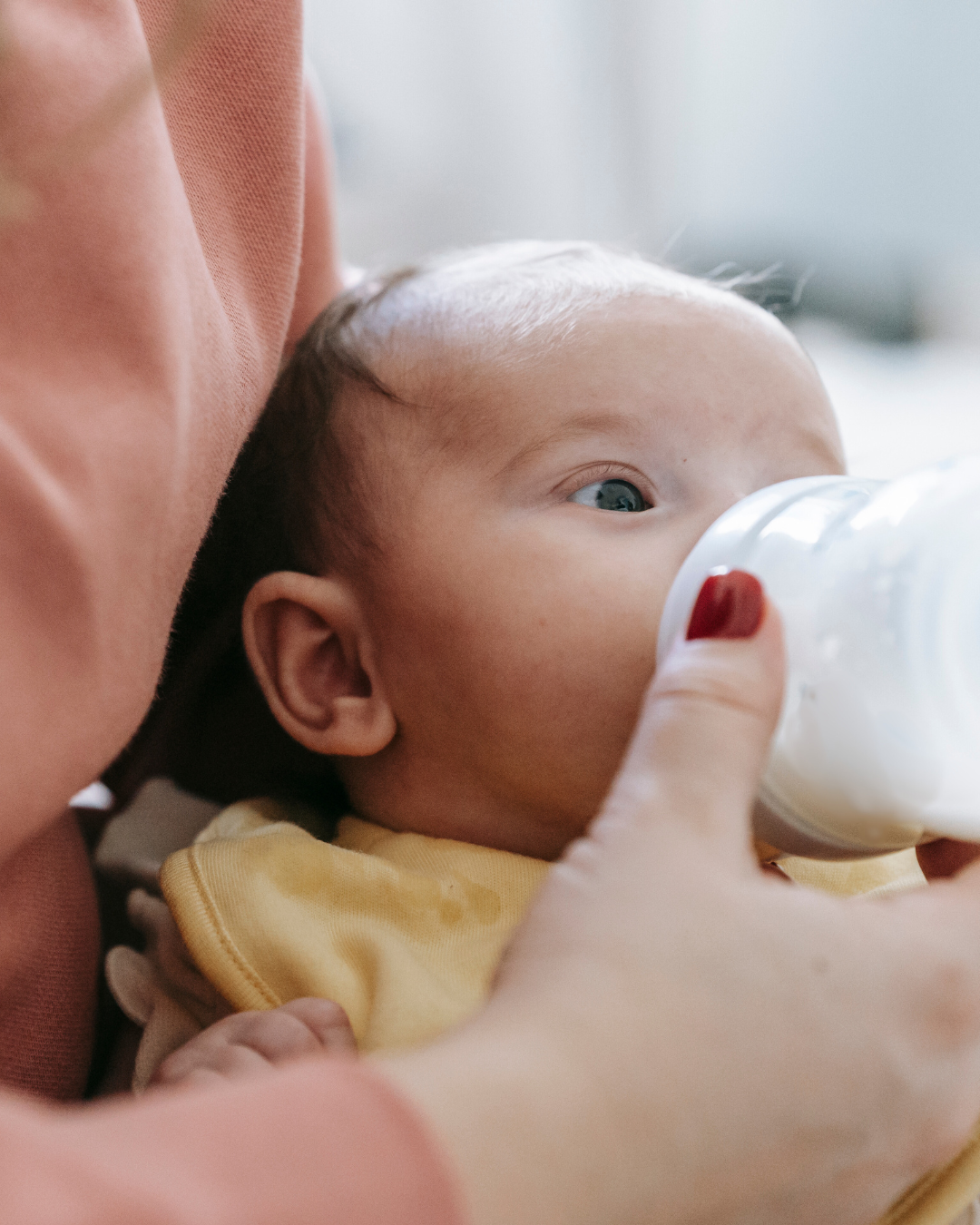How long should I breastfeed for?
I am often asked “how long should I breastfeed for?” or some variation of that question. I usually reply saying that the World Health Organisation recommends that human infants are breastfed exclusively for the first 6 months of life and then along with complementary foods until two years and beyond. I follow this up with either a question asking what your breastfeeding goals are or a statement around how each family is different and will make different choices that are best for them and that every bit of breastmilk that a baby gets is beneficial for them whether its one feed or many. I also often do a lot of education of what to expect ‘next’ in terms of their baby’s development. This article briefly outlines the journey of a breastfed baby at different stages and may help you choose how long your journey will be.
One Feed
The first feed helps to stabilise baby’s blood sugars and the oxytocin release helps your uterus start to contract back to its usual size.
One Day
Through your colostrum (first milk) you pass antibodies to your baby to help protect them from the germs in their new environment. Colostrum is all your baby needs. Lots of people refer to it as ‘Liquid Gold’ as it is so precious.
Two Days
Your colostrum continues to act like your baby’s ‘first vaccination’ and it is the perfect nutrition for your baby, perfectly balanced to meet your baby’s needs. It also acts as a laxative, helping to clear the meconium out of their system. We can soon say goodbye black sticky poos!
Three – Five Days
Your ‘transitional milk’ comes in. Breasts may feel engorged and a little tender but don’t worry this is normal and will settle down. Sometimes babies may find it difficult to latch so reverse pressure softening or a little hand expression can help shape the nipple so the baby can latch. Every feed is building up your supply and baby’s poo is moving towards mustard yellow and smelling sweet, really!
One Week
Your ‘mature milk’ is here. This looks more like what you expect milk to be like, less thick, more watery but still perfectly balanced for your baby. Baby may start to get a little more fussy, but don’t worry a feed will usually sort it out! Welcome to the world of parenting through breastfeeding, where boob fixes everything (almost, it won’t change a dirty nappy for you!).
Two Weeks
Baby will be back to, or almost back to, birthweight. They hit their first growth spurt and feeding is the answer! Have some good TV and snacks ready to go and relax through the evening (and sometimes daytime!) cluster feeds. Use it as a reminder to slow down, your body is still recovering from birth.
Three Weeks
It may feel like you’ve done nothing but feed for three weeks but rest assured this is normal and you are continuing to lay the foundations for a copious milk supply and a smooth breastfeeding journey. Remember, its ok for you to rest and to rest with the baby on the breast. You still have a lot of recovery to do. Slow down.
One Month
Baby is getting big! By exclusively breastfeeding until now your baby is less likely to develop a food or respiratory allergy as they grow. Baby may be becoming a little more alert and vocalising (crying) more. Remember, a feed will usually calm them, and yes its ok to put them to the breast every time!
Six Weeks
Another growth spurt! By feeding on demand until now you will have built up a good supply. Your breasts may start to feel softer or less full, this is normal. It doesn’t mean your milk is disappearing. Feed on demand though this growth spurt and many find things start to get easier after. You’ve found your breastfeeding groove! Breastfeeding for 6 weeks means that your baby now has less risk of chest infections for early childhood!
Three Months
You’ve guessed it, another growth spurt! Remember your baby is putting in the order for the milk they need to get through this period of rapid growth, things will settle down again in a few days. Isn’t it amazing that your body and baby know exactly what to do? Breastfeeding burns serious calories for mum and you may start to notice some weight loss without much effort over the next three months. After this growth spurt feeds may be much shorter and baby may become more interested in their surroundings as their eyesight improves. If you weren't already you now feel that breastfeeding is the easier option. Feeds have settled somewhat, there’s no bottles to sterilise and you can leave the house for any length of time without worrying about having enough milk with you! Stuck in a traffic jam on a bus? No problem, mum’s got milk!
Four Months
Distractibility can start to ramp up and the 'four month fussies' can make this an interesting phase! Some people find the need to feed in a quiet or dark environment to feed in. Parents often worry that their baby is not feeding enough but rest assured baby's know what they need and will take it in in their stride. Try to follow their lead with feeds and not stress if they are short or haphazard. By breastfeeding for four months you’ve reduced your baby’s risk of SIDS.
Six Months
It’s about time to introduce solids, by waiting until now to give anything but breastmilk you’ve reduced your baby’s risk of developing food allergies. Continuing to breastfeed while introducing solids helps baby’s gut process the new foods. There’s also another growth spurt about now so don’t be surprised if solids don’t replace any feeds just yet. Breastfeeding until now means your baby is more likely to accept a range of solid foods because your baby has been exposed to the different flavours within your diet through your breastmilk!
One Year
Wow, can you believe it’s been a year? Many of the benefits of having mother’s milk for this year will stand to your baby their whole life. Breastfeeding until now isn’t just about the physical health of your child, their emotional and social health also thrive as result and a child who was breastfed for at least a year shows better social adjustment when it comes to starting school.
Eighteen Months
I mentioned parenting through breastfeeding earlier. This will be your best tool during this turbulent developmental leap. You’ll be so glad to have something that works! The gymnurstics will keep you on your toes as baby feeds from every angle. Continuing to breastfeed means your baby is likely to be sick less and/or illness be shorter due to the continuing access to antibodies through your milk.
Two Years and Beyond
The World Health Organisation states that children should receive breastmilk until at least two years of age. Your milk is still providing your child with essential proteins, nutrients and antibodies. It takes between two and six years for a child's immune system to fully mature and your milk continues to complement and boost the immune system for as long as it is offered. The less your child feeds, the more concentrated in nutrients and antibodies your milk becomes. Amazing!
I hope you’ve enjoyed this brief timeline, please share it with any parents who may be interested! And remember, no matter how long you breastfeed your baby every drop of milk that they get is a wonderful gift to them (and you but that’s a whole other article!).
If you are pregnant and planning on breastfeeding your baby why not book a Breastfeeding Support Package so you have all the information and support you need to have a smooth and enjoyable journey.



